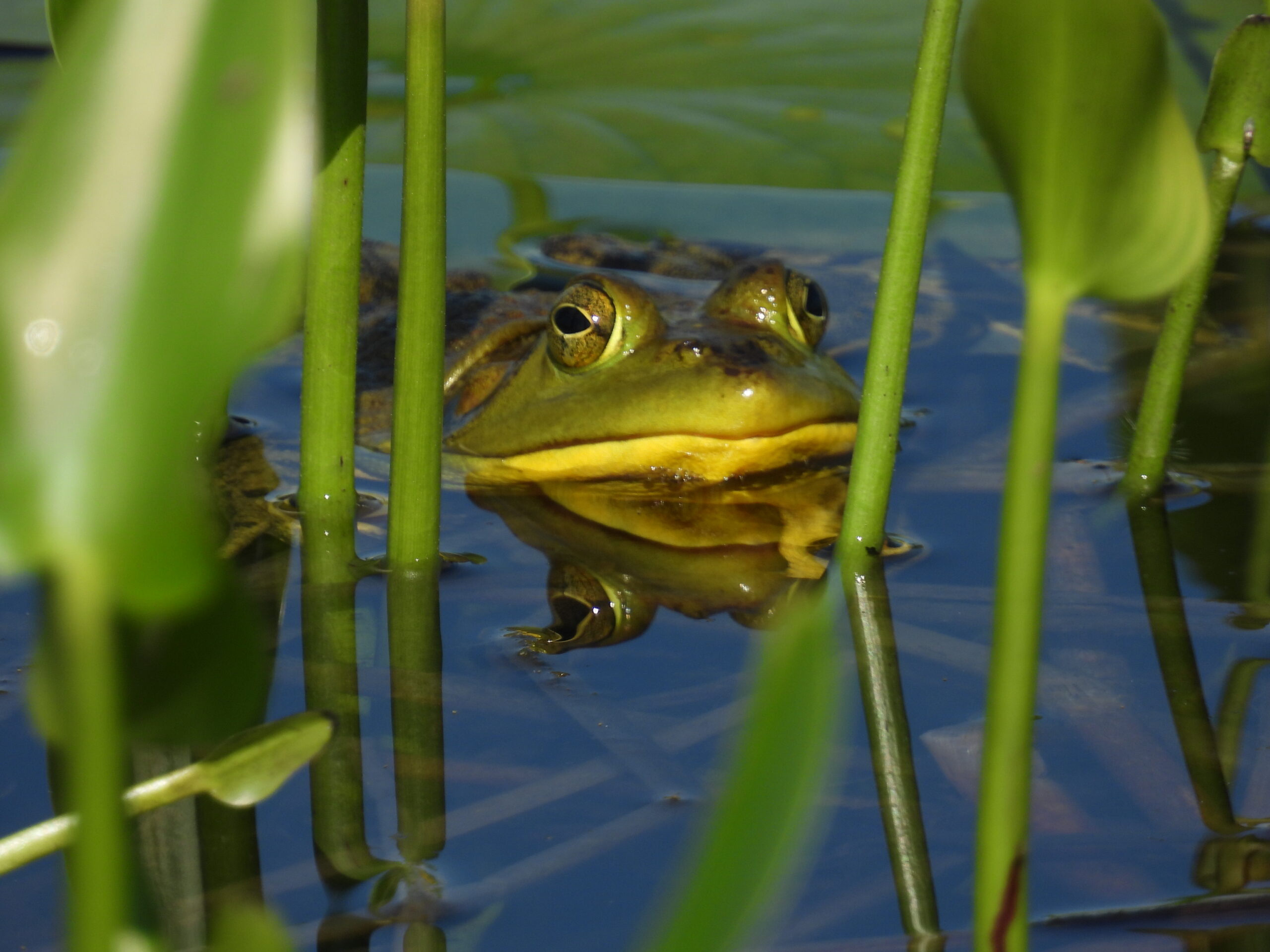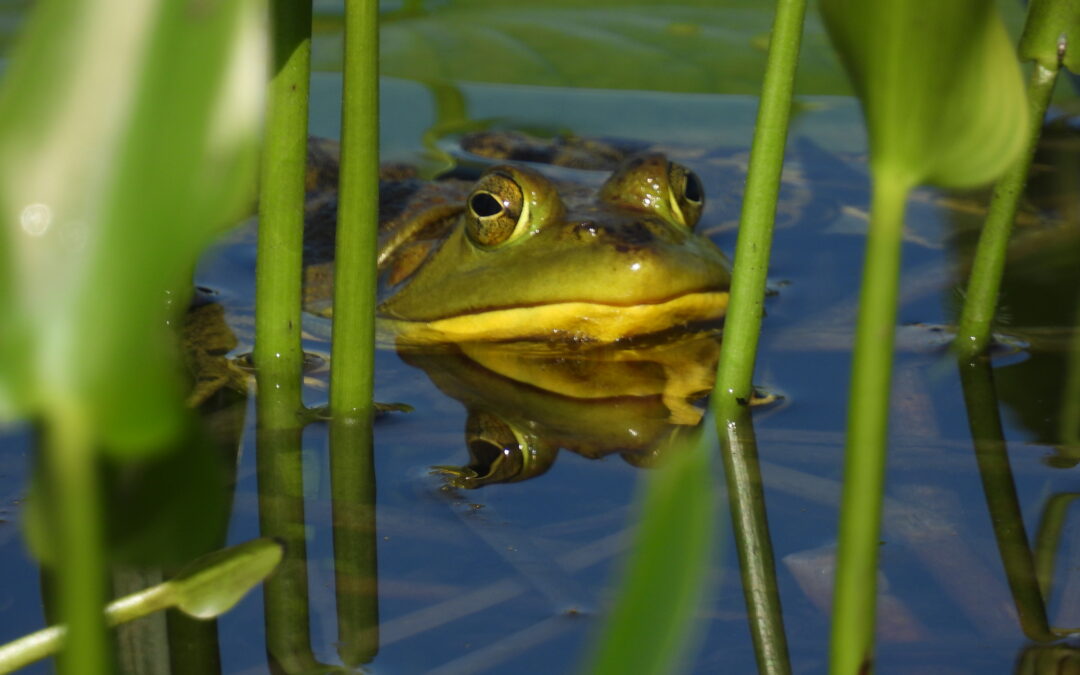Vermont protects amphibians and reptiles: For the first time in history, Vermont has extended legal protections to amphibians and reptiles. This landmark victory signals growing recognition that all wildlife—no matter how small—deserve protection.

Victory for the Little Ones: Vermont Extends Protections to Amphibians and Reptiles for the First Time
In a quiet but powerful win for biodiversity, Vermont has made history by extending legal protections to amphibians and reptiles not listed as threatened or endangered—marking the first time these vital species receive baseline safeguards in the state.
Governor Phil Scott recently signed H.231, a bill officially titled “An act relating to technical corrections to fish and wildlife statutes.” While its name may suggest minor edits, the law includes a landmark provision: a ban on the intentional killing, collecting, or harassing of amphibians and reptiles in Vermont, unless explicitly authorized by rule.
This step affirms something long overdue—that all life, not just those on the brink of extinction, deserves protection.
A New Law in Vermont Protects Amphibians and Reptiles
Until now, Vermont’s reptiles and amphibians were largely defenseless under state law unless listed as threatened or endangered. That meant frogs, turtles, newts, snakes, and salamanders—key players in healthy ecosystems—could be legally collected, harassed, or killed with no consequences. With this bill, Vermont closes that loophole.
The law does more than just prohibit take:
- It bans the importation, possession, and sale of non-native pond slider turtles, an invasive species that harms native turtle populations.
- It prohibits the unauthorized possession, transportation, and importation of reptiles and amphibians broadly.
- It expands protections for all threatened and endangered species, reinforcing Vermont’s commitment to biodiversity.
This aligns Vermont with a growing recognition nationwide that species don’t need to be at the edge of extinction to matter. Every frog, turtle, and snake plays a role in keeping ecosystems resilient—especially in the face of climate change, disease, and habitat loss.
A Broader Vision for Wildlife Protection
Vermont’s move is a model for other states. It sends a clear message: proactive protection is smarter and more just than waiting for a crisis. This approach acknowledges the intrinsic value of lesser-loved species and shifts us toward a more inclusive, ecological vision of wildlife governance.
At a time when amphibian populations are declining globally and reptiles face increasing threats from habitat fragmentation, invasive species, and pet trade exploitation, Vermont’s action is a hopeful reminder that policy can evolve to meet the moment—and protect those often overlooked in conservation.
We celebrate this milestone and encourage wildlife advocates across the country to push for similar protections. Amphibians and reptiles may not always grab headlines, but they are the quiet indicators of ecosystem health. And now, in Vermont at least, the law finally reflects that truth.
Let’s keep the momentum going. The little ones, the big ones, all the ones … are counting on us.

